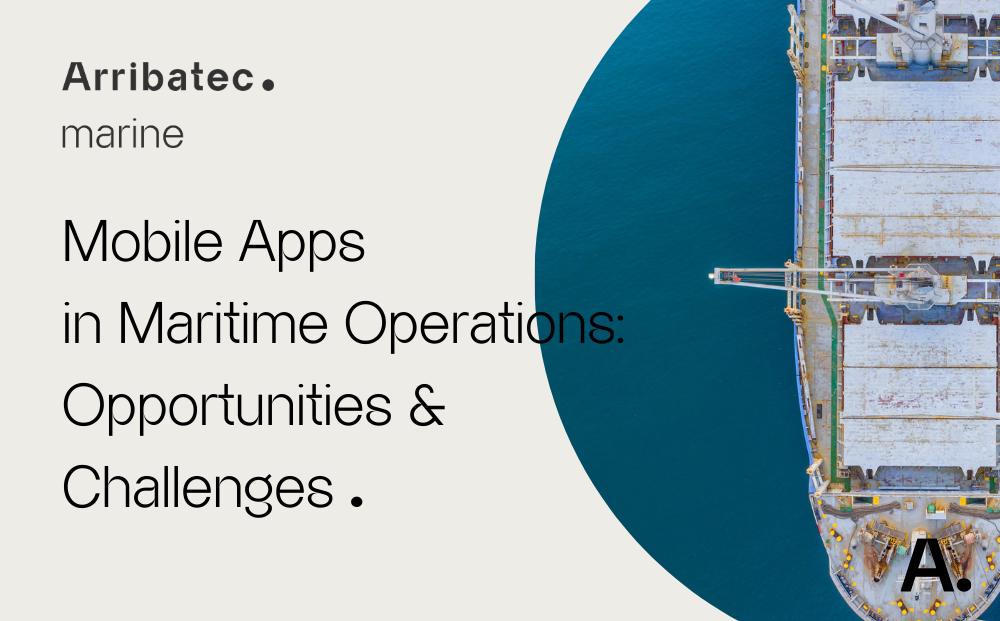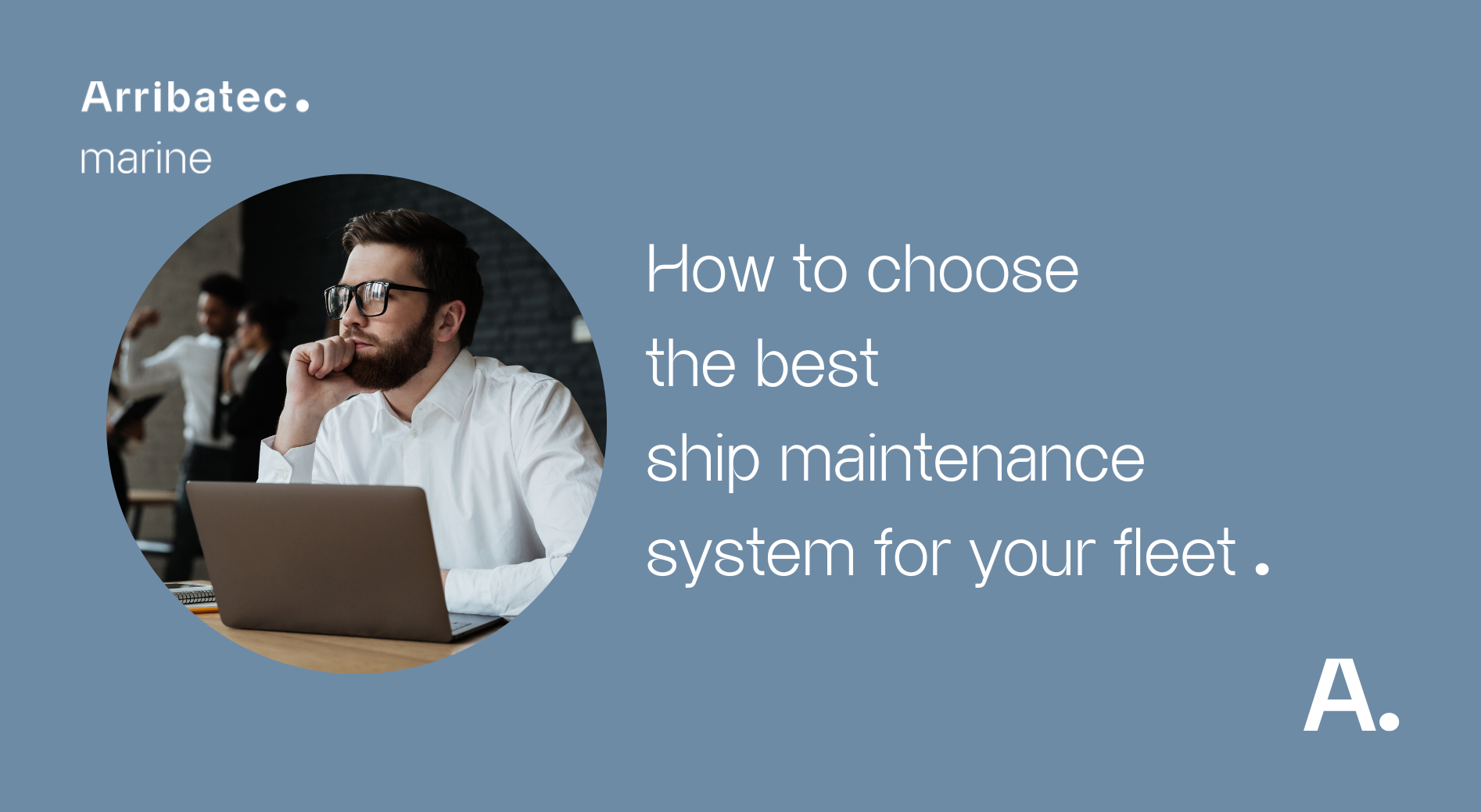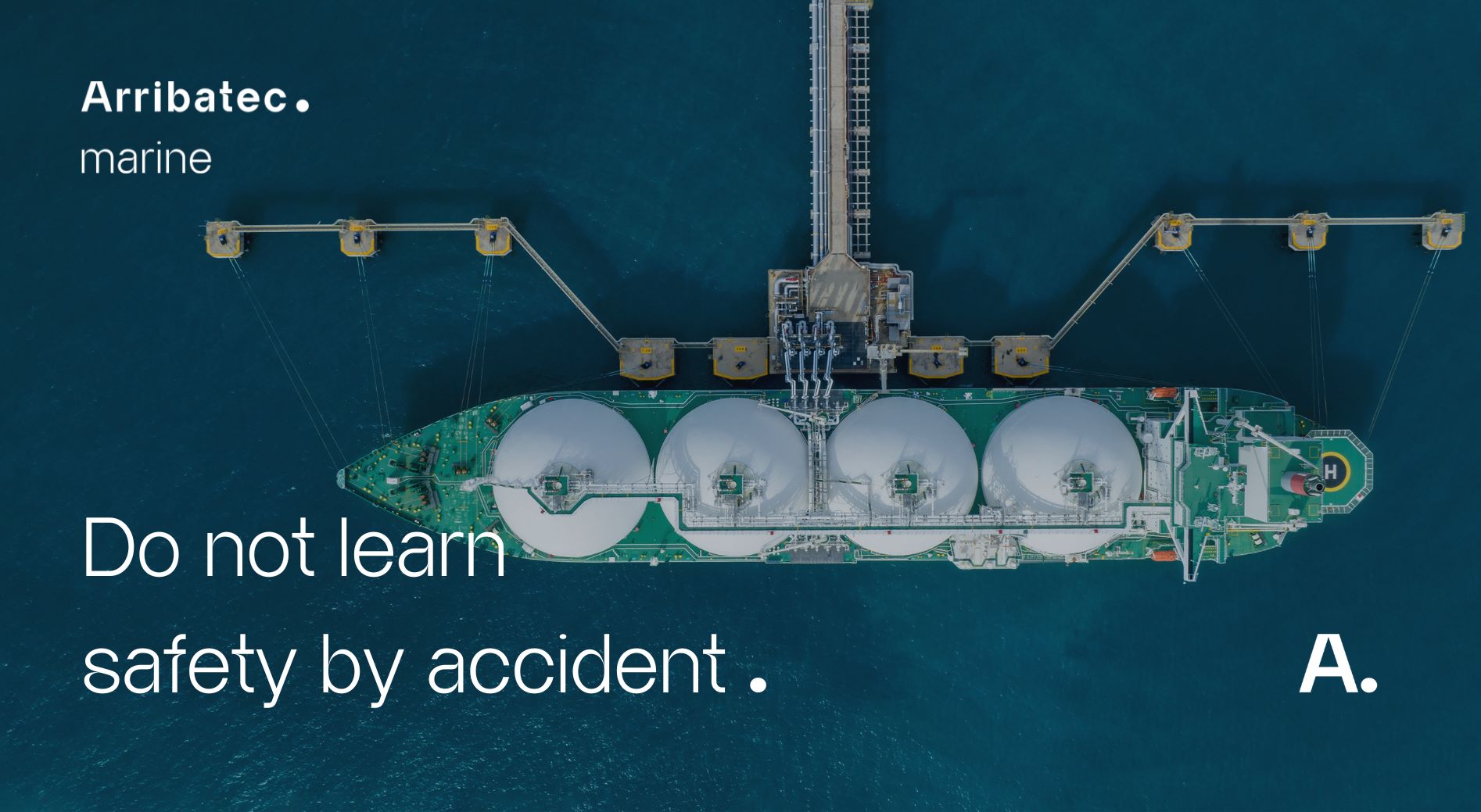It has been 48 years this year since I joined the shipping world. I graduated in Italy in 1979 after having completed my second thesis, which was one of the first in Europe on the topic of optical fibres.
For the following 10 years, I was involved in incredibly innovative projects with excellent outcomes, including: the first ever use of a GPS on a ship, the first integrated navigation system, the first ever PMS+CBM system, and the installation of one of the very first ECDIS systems. All my professional life, I have been fascinated by the possibilities that IT offers to the shipping world, and I feel incredibly lucky because I had the opportunity to apply this passion to my work, building a good reputation and installing software on more than 10.000 ships.
Of course, not everything has gone well, and I have had my shares of issues. Still, I believe that Information technology has advanced shipping and will continue to do so for the years to come.
But one thing has always bothered me and left me with a bitter taste in my mouth: few people have fully understood what it takes to really digitize a vessel. And thus, few people realize the full extent of what it means and what it takes to digitalize a fleet.
Clarification is needed here, as it is important: to digitize means converting paper-based information into a digital format. To digitalize means converting paper-based processes into computerized ones.
When talking about both processes, almost all shipowners, fleet managers, fleet superintendents, and suppliers, concentrate on either software or hardware. People spend time evaluating one software versus another, or the performance of a given type of equipment versus another. But very, very few people put any thought into the DATA which will needed to be effectively and efficiently inserted into the software.
It is somewhat silly that for the past few years we have been talking about BIG DATA, but no one really understands the importance of SMALL DATA, the everyday data: some maintenance instructions, a flowmeter reading, a trim level, a spare part code, or a purchase order, just to name a few.
And this is where all the dreams of digitalizing a fleet often fail miserably, because buyers and technical people are busy selecting the software they want, disregarding the data which will be in it and how it will be inserted, managed, updated, extracted, analyzed and presented.
I’ve said it once and I’ll say it again for the millionth time: we should sell software for the amount of ZERO dollars, because the software you buy is totally useless if you don’t have complete and correct data in it. But shipowners (yes, shipowners, and with them ship managers, shipyards, chartering companies, insurance companies, etc.) should pay HUNDREDS OF THOUSANDS OF DOLLARS to experienced companies and people to make sure that the data inserted inside the software is correct.
For 30 years, I have had to witness competitors proposing software with a “skeleton database”, at times for the unacceptable low price of few thousand dollars. And people were buying it, thinking they were being smart as they were saving money, only to then find themselves having to cope with frustrated Chief Engineers and Captains. All of whom, by the way, would end up putting the blame on the software for not working because they could not locate a spare, or they had some cylinder line job inserted under a compressor.
IT’S THE DATA, NOT THE SOFTWARE !
You manage a ship with data, not with software. Software is a container, an aggregator of information which is then presented following some coding which someone wrote.
Let me give you some examples:
Main Engine 1; ME 1; M.E. 1; Main E. 1; M. Engine 1: they all represent Main Engine 1, correct? Well, yes, if you are a moderately clever person. They do not, however, even if you are the smartest software (unless someone has spent eons of manpower/years, like Google, building algorithms which would understand that if you write “”who wsa th mian attor in Fitanic”, you really mean “who was the main actor in Titanic” and you simply typed it in badly).
Digitalizing company’s processes means starting with ensuring that the right data is correctly inserted into the software one buys. This means making sure that data is inserted in a consistent and exact way. Which is an impossible task, if you assign the task to a different team for each vessel, and you do not build data entry procedures.
Because what happens is that if you do not have experience, consistency and methods to follow when feeding data into a software, you end up with frustrated staff, missing information, KPIs without any relevance and incorrect data all the time.
So here we are today, in 2019, selling Planned Maintenance Systems, talking about Condition Based Maintenance, which is hardly ever installed and used in shipping because most people don’t really understand how it works, and talking about digitalization, without thinking.
You may say “hey you forgot about data analysis”….but actually, I haven’t. Because if the points above aren’t right, whatever analysis you do is equivalent to tossing a coin or daydreaming.
On a normal cargo vessel, there are between 130 and 200 different pieces of equipment (single machines, not to mention all the components within the individual machines). If we break them down into the various components, that number can quickly increase to become thousands (I have one Main Engine, but it has 12 cylinders, 12 cylinder heads, 12 liners, etc.). As spares, we are talking about 30-40,000 different items.
All this data must be inserted into the software by someone with clear ideas of how a ship works, on every ship of the fleet. How many really do that? That’s a lot of work, which even when done in low cost countries still has some cost because, even today, it is still mostly done by hand. There has been a standard available since 2007; it’s called ShipDex (Ship Data Exchange – www.shipdex.org), and is drafted from the very well-known and used S1000D protocol (www.s1000d.org), for all manufacturers to use in order to build Technical Handbooks in electronic format. The instructions set in ShipDex allow for consistency in data entry, which in turns would allow all the information to be transferred to any software with the stroke of a key.
If all shipowners would adopt ShipDex and ask for all suppliers to write their Technical handbooks in that format, it would be ablaze to insert information in any shipping software which would comply to the protocol. But the shipping industry prefers to do it manually, instead of doing it better.
WAIT! WE NOW HAVE FLEET MANAGEMENT SOLUTIONS!
Of course, we are entering the phase where we talk of totally automated and even unmanned vessels. I have heard last year one Classification CIO stating “we just plug our software to the Automation system, and we get all the Data we need” …… Everybody thinks that “all we have to do is to connect software and hardware, and it works”. Well, it is not really like this…
So, if that’s what you are also thinking, then I have a few things for you to consider…. How do you connect? To what? The automation system? And this automation system, which protocol does it have? There are something like 22 protocols available, from MODBUS to OPC to NMEA0183 to similNMEA and so on; and all of them, when used on board a vessel, are not clear, but are coded. You don’t see “Main Engine 1 RPM”, you see this data string
“$AN102,000003.42,1*26”
This means that when planning to digitalize a Fleet, you have to allocate a data collector (IB Data collector reads over 300 to 500 different types of data), which needs to be physically installed, one on every ship, and connected to the Navigation and Automation systems, and the relevant “interpreting” software. And because there is no standardization, such a process must be repeated per every single ship. On different engines, radars, flowmeters and so on.
This lack of standardization in the shipping world will give all of us, shipowners and suppliers, a lot of headaches during the digitalization processes. Standardization is a must, and it has to be pursued at all levels, but so far, with the notable exception of BIMCO and of the companies which started ShipDex, the relevant process is totally missing. And this is a big mistake, which will considerably slow down the Digitalization process.
Mr. Giampiero Soncini, CEO IB Marine





